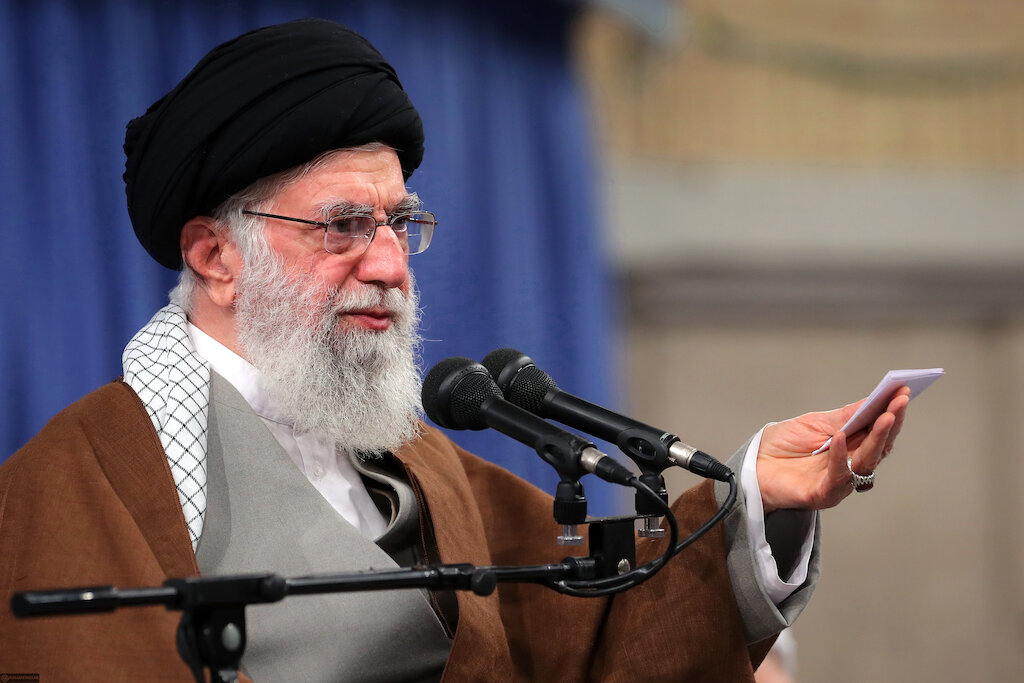Suzanne Maloney
I see the recent unrest and the brutal response as indicative of a system whose resilience is dangerously fraying. The diagnosis that I’ve been using for a while is a slow-motion metastasis that is echoing across the political establishment, the economy, and society.
The November unrest is at least as serious a threat to the longevity of the Islamic Republic as the post-election upheaval in 2009 was at that time, and arguably more challenging to overcome or durably repair. Back then, the main schism was within the political establishment, and secondarily within the politically engaged middle class. Repairing that required rebuilding some sense of confidence among the general public in Iran’s representative institutions and to reconsolidate the political establishment. That was not immediate or easy, but it could be done by marshalling the institutions and personalities of the state.
This time around, the fissures run deeper into the core constituency of the regime, and the disaffection is more systemic and more intense. To address the original grievances, much less to mend the wounds of the ferocious response, would require either a massive redirection of resources or fundamental restructuring of the Iranian economy – neither are within Tehran’s capacity under current circumstances. In fact, the government is set to do just the opposite: to undertake further austerity policies (increased tax collection, crackdown on corruption and profiteering) to address the economic pressures created by US sanctions and compounded by the long history of mismanagement. The other dilemma that exists today, vice 2009 or other periods unrest, is the rapid dissemination of the upheaval, thanks in part to the prevalence of social media. The backlash to the fuel price hikes could happen again tomorrow over some small local issue, and then mushroom across the country with little prior coordination or intent.
#IranProtests Day 3: Shiraz. pic.twitter.com/Lmc1BfWEoi
— Farnaz Fassihi (@farnazfassihi) November 17, 2019
An amorphous, unpredictable movement that is fiercely estranged from the Islamic Republic represents an acute vulnerability for Tehran, especially at a time when key political transitions, like succession, loom large. The regime can maintain and even intensify its violent repression of protestors. But the system’s legitimacy rests on some foundational claim to popular support. Routine reliance on fierce crackdowns, applied across the country, will further erode the coherence of the system and compound the challenges facing the current leadership.

The trajectory of change will be very difficult if not impossible to predict. I’d be hesitant to assert that this is definitely a turning point from which the system cannot recover; as you know, the Islamic Republic has managed to outlast all expectations in spite of a series of internal and external pressures. It’s also important to note that we still don’t know the full scope of what transpired in Iran over the past month – not just numbers of casualties, but also key questions about the response of the security forces. We look back on Iranian history with the advantage of hindsight, but events then were equally confusing and uncertain. I’m often struck by a comment from a USG official in an oral history on the 1979 revolution; he noted that “we didn’t call it a revolution until it was over.” We won’t know if or when Iran is in a state of regime-threatening upheaval until the train is well out of the station.
Suzanne Maloney is deputy director of the Foreign Policy program at the Brookings Institution and a senior fellow in the Brookings Center for Middle East Policy and Energy Security and Climate Initiative, where her research focuses on Iran and Persian Gulf energy.
Click here to read Maloney’s chapter on Iran’s economy.
